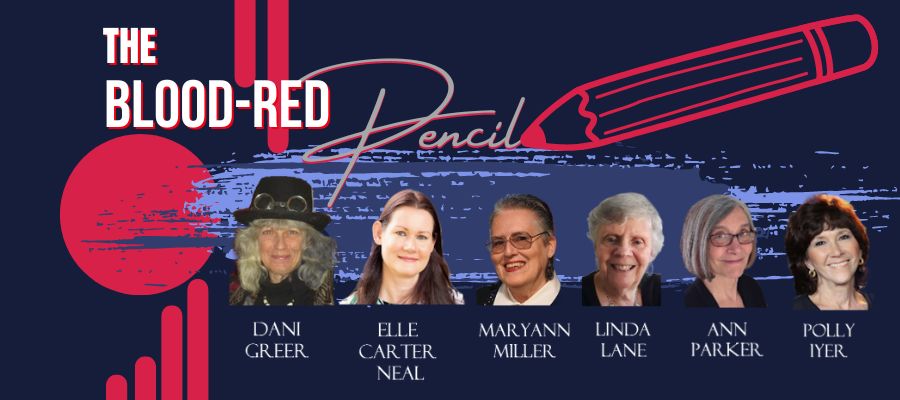We are delighted to have our dear colleague Pat Stoltey returning to The Blood-Red Pencil in 2018. Pat has a new book coming out soon and we are helping her celebrate by re-running some of her excellent editing posts from past years. This post was first published here on June 30, 2009 and it's become a tool I use regularly when editing manuscripts for authors. It's proven to be an enormously useful way to help determine if a story begins with enough of a bang, where the plot sags in the middle, and if the ending needs a bit more tension before the satisfying conclusion. Thanks to Pat for contributing one of our most popular posts! ~ Dani Once I have a complete draft of a novel, and before I begin the detailed self-editing process, I want to evaluate the story arc to determine whether I need to add, delete, or revise sections of the manuscript. If this is done before the line-by-line edit, then I won’t waste time on sections that might be completely rewritten, or even elim...
